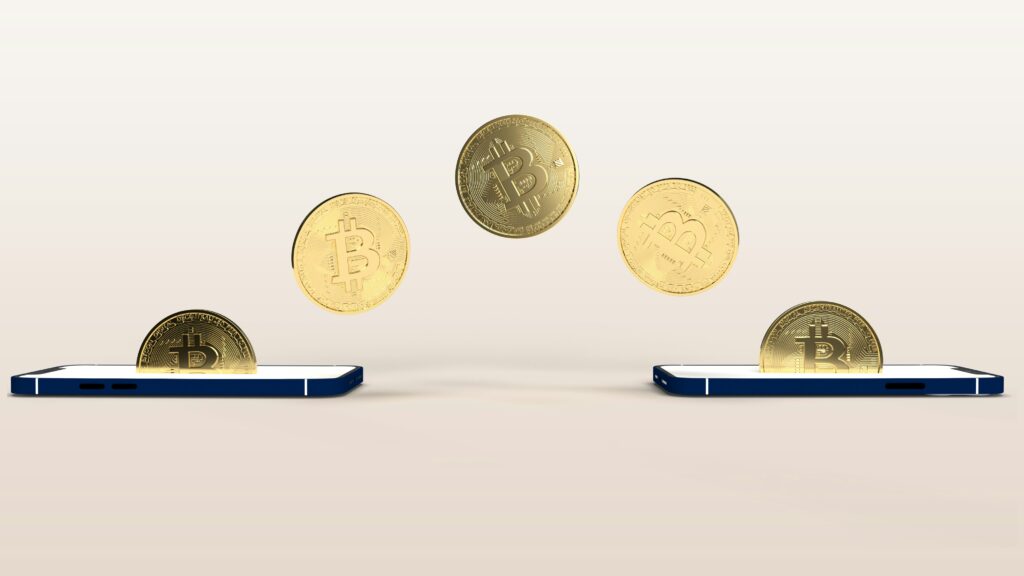Decade-Old Bitcoin Wallets Move Millions: What Happens When Crypto Whales Wake Up?
A fascinating event in mid-2024 saw several dormant Bitcoin wallets, untouched for over a decade, spring back to life, transferring millions of dollars in BTC. These movements offer a compelling glimpse into the world of early crypto adopters, their long-term strategies, and the enduring security questions surrounding digital assets.
Imagine possessing a digital treasure chest, locked since 2013, and deciding to open it when its contents have appreciated by thousands of percent. This is precisely what happened when long-dormant Bitcoin wallets initiated transactions totaling over $23 million, reminding the market of the immense wealth held by Bitcoin’s earliest pioneers.
A Tale of Two Awakened Wallets
In early August 2024, the crypto community observed the reactivation of two distinct sets of wallets that had been silent since 2013.
The first move, on August 7, 2024, involved a single wallet transferring 250 BTC, worth over $15 million at the time. This wallet had acquired the Bitcoin when the price was a mere $113 per coin—a stark contrast to today’s values. The funds were meticulously moved from an older legacy Pay-to-Public-Key-Hash (P2PKH) address to modern, more efficient Pay-to-Witness-Public-Key-Hash (P2WPKH) wallets. Notably, the transaction achieved a perfect privacy score on Blockchair.com, indicating a sophisticated approach to obscuring the transaction’s origin and destination.
Just two days later, on August 9, 2024, another batch of dormant coins moved. This time, 130 BTC was sent from 13 different wallets, each holding 10 BTC. Unlike the previous transfer, this series of transactions was less private and consolidated the funds into a single P2WPKH wallet, suggesting a different, perhaps less cautious, owner.

Echoes of Bitcoin’s Genesis
The movement of this 380 BTC serves as a powerful reminder of Bitcoin’s journey from a niche, experimental technology to a globally recognized financial asset. These coins were acquired when Bitcoin was largely unknown, and their re-emergence sparks curiosity and speculation across the market.
While the exact motives remain a mystery—whether it was a planned liquidation, a rediscovery of lost keys, or a simple security upgrade—the event underscores the immense, unrealized wealth sitting in “lost” or dormant wallets from Bitcoin’s early days.
Why These Whale Movements Matter
The reactivation of so-called “sleeping” wallets is more than just a novelty; it provides insight into the behavior of long-term holders, often called “whales.” For over ten years, these funds remained static, silently appreciating as Bitcoin weathered market cycles and volatility.
Their sudden movement raises important considerations:
- Market Impact: While these specific transactions didn’t crash the market, large-scale whale movements can introduce selling pressure and increase volatility.
- Holder Strategy: It demonstrates that even the most steadfast holders may eventually decide to move or sell their assets, whether for profit-taking, diversification, or personal reasons.
- Security Imperative: The contrast in privacy between the two transfers highlights a critical point: managing large crypto assets requires careful security practices. The use of modern wallet formats and privacy tools is essential for protecting wealth.

Ultimately, these events are a testament to the dynamic and maturing nature of the cryptocurrency world. As time goes on, we can expect more ghosts from Bitcoin’s past to reappear, each telling a unique story about the pioneers of a financial revolution.
Meta Description Suggestion:
Explore the story of dormant Bitcoin wallets from 2013 that reactivated to move over $23 million. Learn why these “whale” movements occur and what they mean for the crypto market.
Frequently Asked Questions (FAQ)
What is a dormant Bitcoin wallet?
A dormant Bitcoin wallet is a cryptocurrency address that has not had any outgoing transactions for a very long period, often several years. These wallets belong to early adopters, investors who have lost their private keys, or long-term holders (hodlers).
Why do dormant wallets suddenly become active?
Wallets can be reactivated for several reasons. The owner might decide to sell their assets to realize profits, move coins to a more secure modern wallet, distribute funds to heirs, or they may have only recently regained access to a long-lost wallet.
Does the movement of old Bitcoin affect the price?
It can. If a large amount of long-held Bitcoin is moved to an exchange, it can signal an intent to sell, which may create downward pressure on the price. However, the market often watches to see if the coins are actually sold or just being moved for security. The overall impact depends on the size of the transaction relative to the market’s trading volume and liquidity.





























